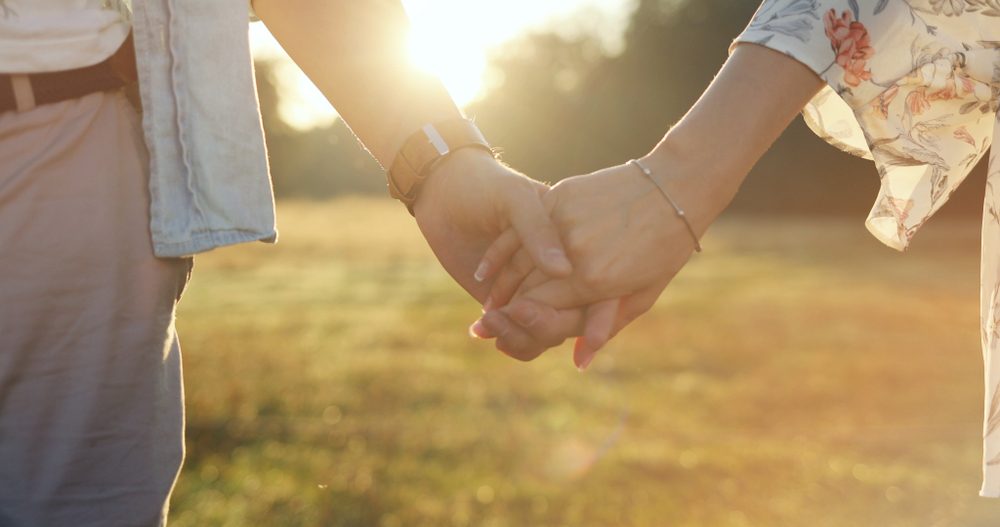
If Love Is A Matter Of The Heart, Why Does Your Brain Get High When Your Favorite Person Is Around?

Who doesn’t get butterflies in their stomach and get all giddy when someone they like is nearby? Love itself is a mysterious thing, and there’s no doubt about it. But how does a person really fall in love, and what makes us stay in love with our special someone? There are thousands of questions that are still left unanswered by experts all over the world, but scientists from different fields are working on what makes being in love… well, being in love?
Where in the brain is love?
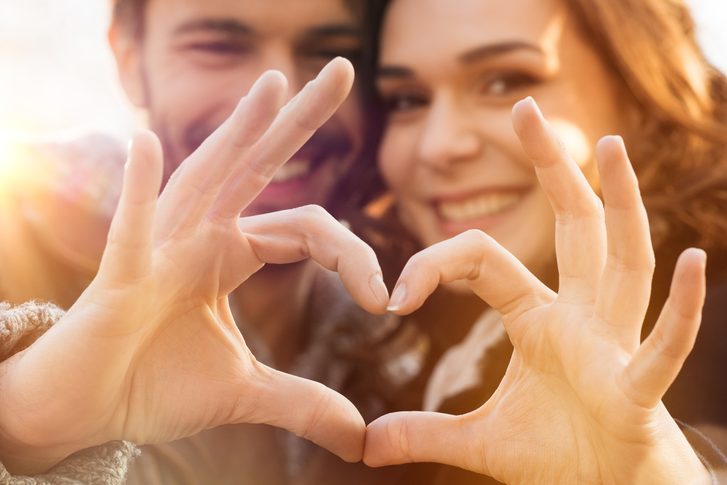
Rido/Shutterstock
In the year 2000, two scientists from University College London set out to find out what love is and where exactly in the brain is love. They studied the brain scans of many people who said that they were genuinely, truly, and madly in love with their significant other.
The findings of the study revealed that whenever they saw a photo of their partner, a specific area in their brains lit up. That area was the medial insula, the anterior cingulate cortex, and some segments of the dorsal striatum.
How does love affect our minds?
Some hypotheses relate the activation and deactivation of some specific brain areas with having relation to certain behaviors and attitudes while taking into account romantic love. When a subject was asked to think romantically of their partner, some areas rich in neuromodulator got activated immediately.
Those areas were associated with addiction, reward, desire, and some euphoric states, which is known as dopamine. Researchers said that people who are in love get a constant high because the presence of dopamine makes them get in touch with the other person, further strengthening the existing relationship.
Do desire and love light up the same areas of the brain?

Marjan Apostolovic/Shutterstock
One of the main things that pop up in everyone’s minds when they think about romantic love is physical attraction. There are countless relationships in which love and physical attraction go hand in hand, but do both of these light up the same parts of the brain?
According to a psychiatrist and neuroscientist named Stephanie Cacioppo, Ph.D., there are overlaps in love and desire since they light up some parts of the human brain at the same time. In a study she co-authored in 2012, they concluded that when a subject was shown a picture that they found sexually arousing, certain parts of their brain, which usually get activated due to romantic affection, also became active.
But that’s not always the case…
Meanwhile, another study conducted in 2012 has shown that although both things overlap when it comes to brain activity in the area called the striatum, they each stimulate specific and different parts.
Researchers explained that desire stimulates parts of the striatum connected to “automatic” reward responses, like eating, drinking, and making love. Genuine love, on the other hand, stimulates the parts of the striatum connected to “learned” reward responses—or those things we come to correlate with pleasurable sensations in time as well as experience.
More in Love Life
-
`
Here’s Everything You Need to Know About Open Relationships
An open relationship is a consensual arrangement where partners agree to engage in romantic or sexual relationships with other people. Unlike...
June 6, 2024 -
`
Explore the Multifaceted Goals of Meditation
What is the goal of meditation? If you have ever found yourself asking this question, you are not alone. Meditation has...
May 31, 2024 -
`
When is National I Love You Day Celebrated? Mark Your Calendar
Life can get hectic, and sometimes amidst the daily grind, we forget to express our love and appreciation for the phenomenal...
May 23, 2024 -
`
When’s the Best Time of Day to Fish?
For any angler, a successful fishing trip hinges on several factors. But one of the most crucial elements is timing. Knowing...
May 14, 2024 -
`
What Mental Illness Does Britney Spears Have? Discovering the Answer
Britney Spears, a name that resonates with millions around the globe, goes far beyond the glitz and glamour of her stardom....
May 7, 2024 -
`
Here Are Some Easy Ways To Say No To Unrealistic Expectations In Your Relationship
If you are in a relationship, you should constantly work on improving it. Some early lovebirds fall in love too quickly...
May 3, 2024 -
`
Therapy? Medication? What Are the Treatments for PTSD
Post-Traumatic Stress Disorder (PTSD) is a common after-effect of traumatic events. It can be a debilitating condition, but the good news...
April 25, 2024 -
`
Courting vs Dating – Which Relationship Path is Right for You?
In today’s fast-paced world, the terms ‘courting’ and ‘dating’ often swirl around in conversations about relationships. While some people may use...
April 23, 2024 -
`
Essential Mexico Travel Tips for a Seamless Adventure
Mexico, a land of vibrant culture, breathtaking landscapes, and mouthwatering cuisine, beckons travelers from across the globe. But before you embark...
April 16, 2024



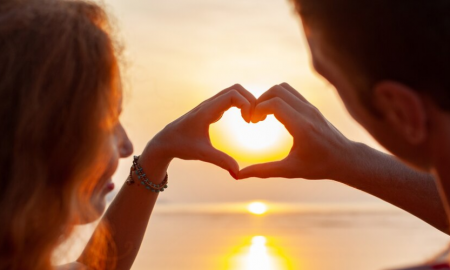

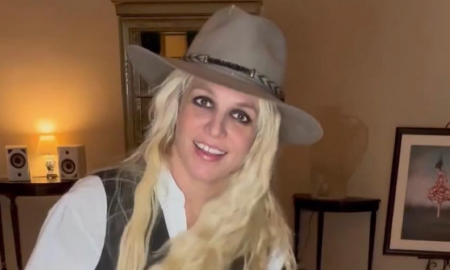






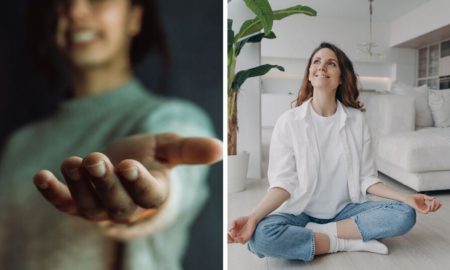

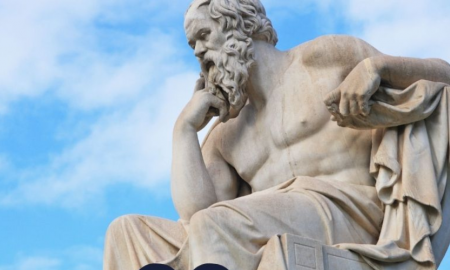
You must be logged in to post a comment Login